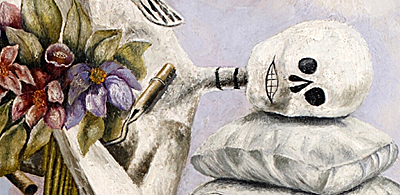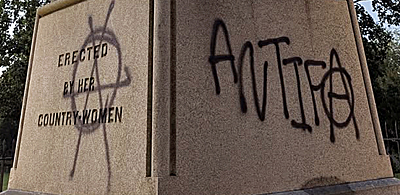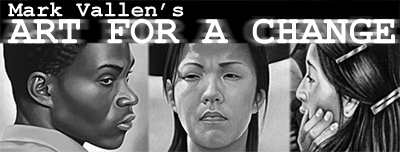That Article or Page No Longer Exists...
Instead check out the latest blog posts below or three random blog posts further down.
Latest Additions to the Blog

Frida Kahlo and The Dream
The culture vultures have descended. On Nov. 20, 2025 Sotheby’s New York auctioned a 1949 self-portrait by Frida Kahlo. It is titled El sueño (La

Luigi’s Circle Jerk Army
On April 13, 2025, the antediluvian punk rock band from Los Angeles, the Circle Jerks, performed at the Coachella Valley Music and Arts Festival. Singer

Mary Washington Monument Vandalized
On the night of July 26, 2025 in Fredericksburg, Virginia, Antifa vandals defaced the city’s monument to Mary Washington—mother of George Washington. The historic 1894
Three Random Blog Posts
“The Oscar for Best Art goes to…”
Jeremy Deller has won Britain’s most prestigious art award for his short film about Texas, Memory Bucket. The movie documents his travels through the US
Old-Time Modernism: Reduxe
London’s Victoria and Albert Museum has mounted an important exhibition titled, Modernism: Designing A New World, 1914-1939. It is not only the first exhibit to
Diego Rivera: The Making of a Fresco
December 8, 2011 marks the 125th birthday of the Mexican Muralist, Diego Rivera (Dec. 8, 1886 – Nov. 24, 1957). Few artists have had as

